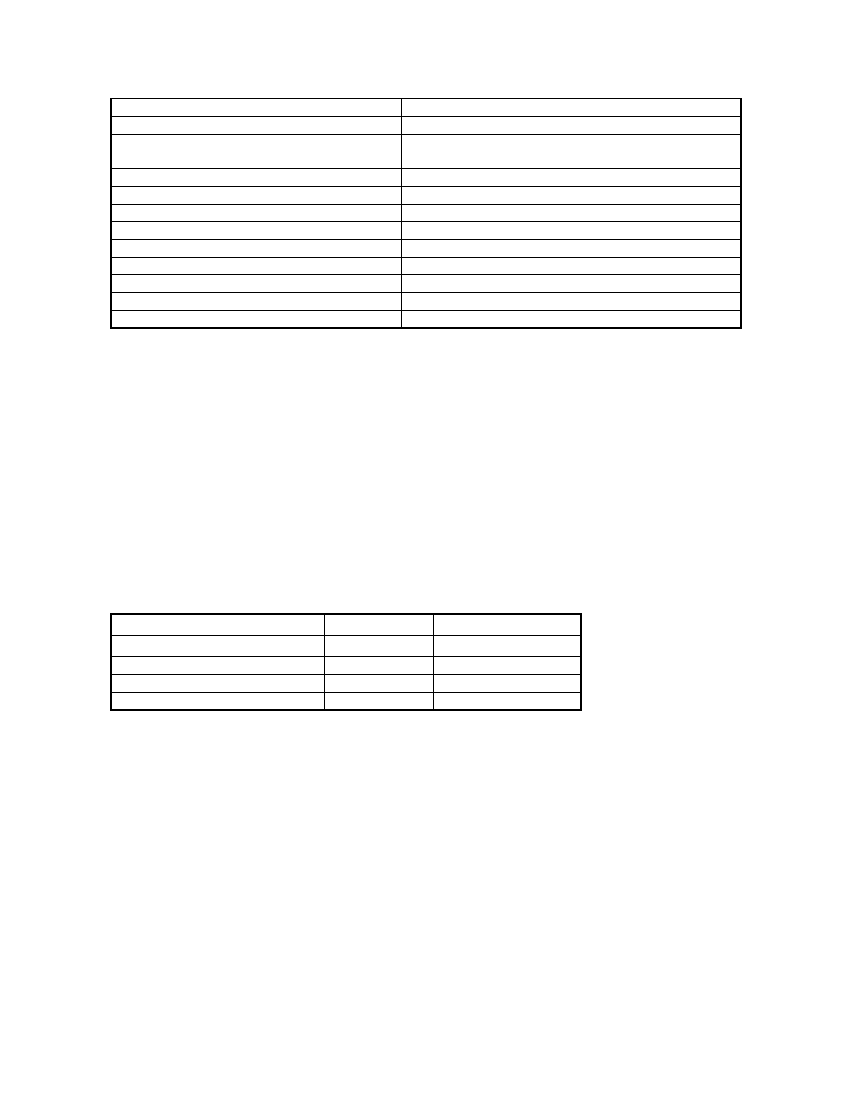
Luminous efficiency (Re) light power
referred to the energy input (Ei)
Measured values:
Illuminance
E=901x
meas. distance, r = 1.0 m
gas consumption, V = 110 1/h
cal. value, n.c.v. = 6 kWh/m³
photoelectric cell
V = biogas consumption n.c.v. = net calorific value
Re = F/Ei (lm/kW)
Sample calculation
Results:
Luminous intensity
I = E x r² = 90 cd
luminous flux
F = I x w = 90 x 6.28 = 565 lm
luminous efficiency
Re = F:Q = 565:110 = 5.1 lm/lxh
Re = F/Ei = 565:660 = 0.9 lm/W
Practical experience shows that commercial type biogas lamps are not optimally designed for the
specific conditions of biogas combustion (fluctuating or low pressure, varying gas composition). The
most frequently observed shortcomings are:
- excessively large nozzle cross sections
- excessively large gas mantles
- no possibility of changing the injector
- poor or lacking means of combustion-air control.
Such drawbacks result in unnecessarily high gas consumption and poor lighting. While the
expert/extension officer has practically no influence on how a givenlamp is designed, he can at least
give due consideration to the aforementioned aspects when it comes to selecting a particular
model.
Table 5.20: Comparison of various biogas lamps (Source: Biogas Extension Program)
Type of lamp
D 80 - 3 Juojiang/PR China
Avandela - Jackwal/Brazil
Patel Outdoor-single/India
Camping-Gas
Suitability1
o2
+
++
+
Gas consumption
?
100 l/h
150 l/h
?
1 Quality criteria: gas consumption, brightness, control
2 Quality ratings: ++ very good, + good, o average
Biogas lamps are controlled by adjusting the supply of gas and primary air. The aim is to make the
gas mantle burn with uniform brightness and a steady, sputtering murmer (sound of burning, flowing
biogas). To check the criteria, place the glass on the lamp and wait 2 - 5 minutes, until the lamp has
reached its normal operating temperature. The lamps compared in table 5.20 operate at a gas
pressure of 5 - 15 cmWG. If the pressure is any lower, the mantle will not glow, and if the pressure
is too high (fixed-dome systems) the mantle may tear.
Adjusting a biogas lamp requires two consecutive steps:
1. precontrol of the supply of biogas and primary air without the mantle, initially resulting in an
elongated flame with a long inner core;
71